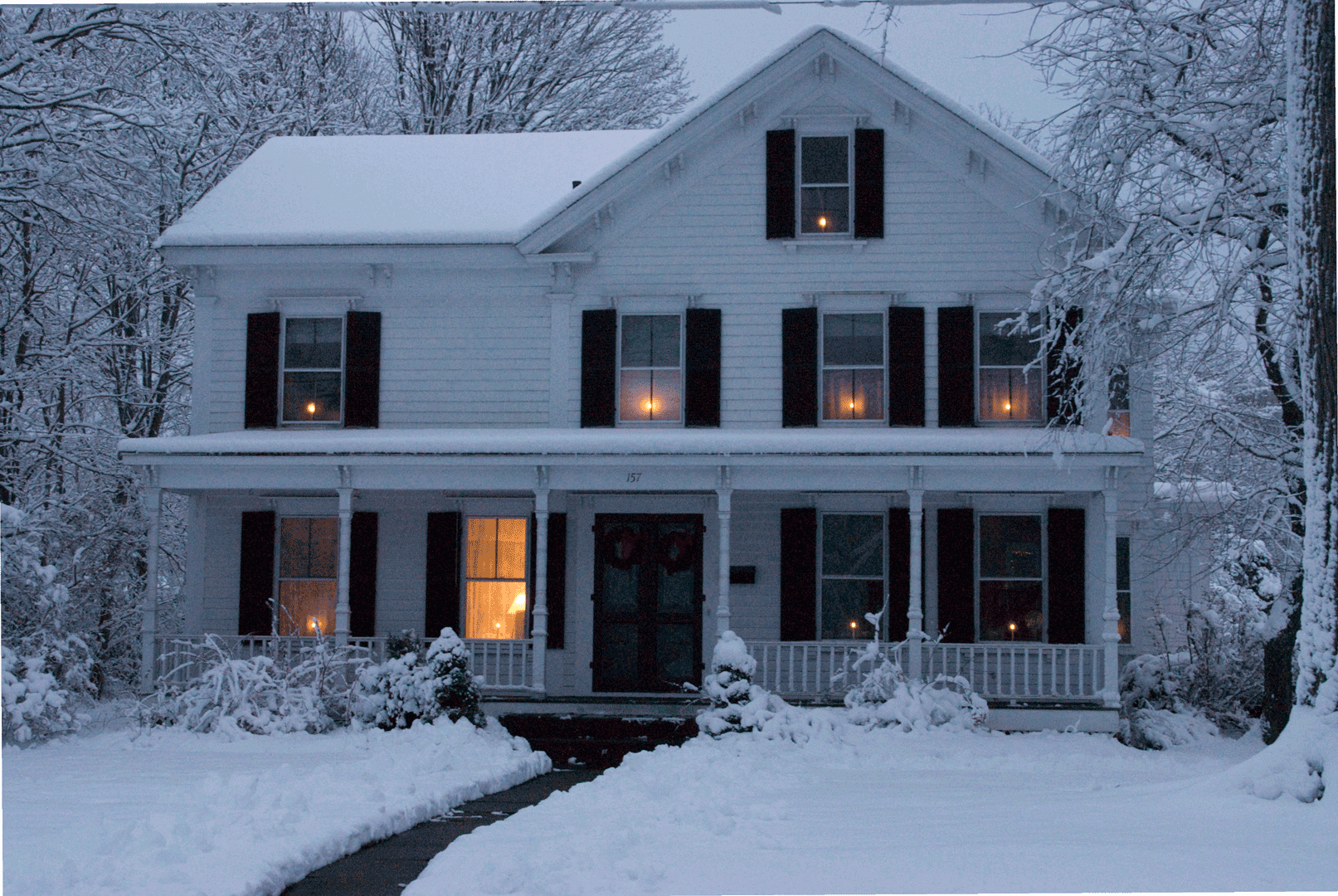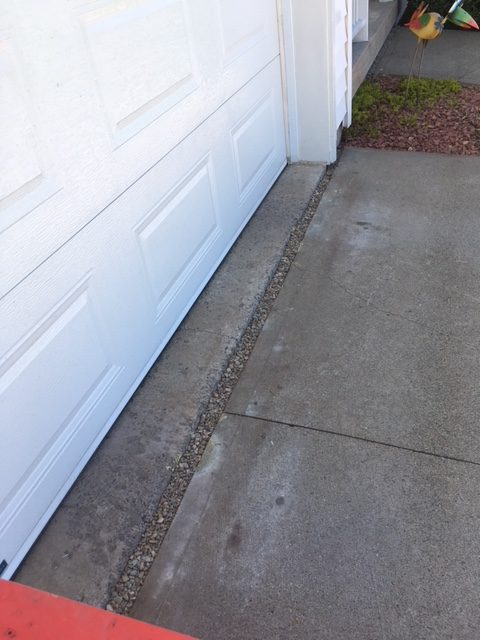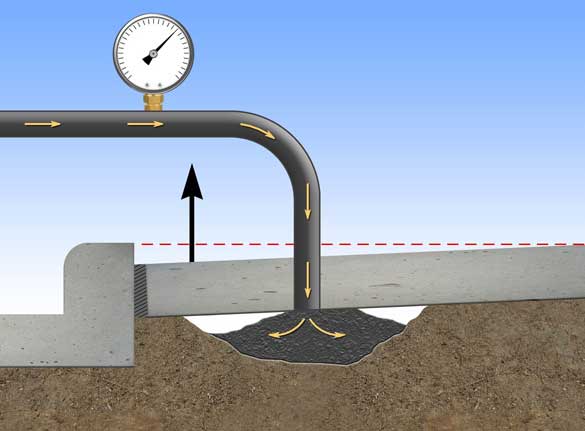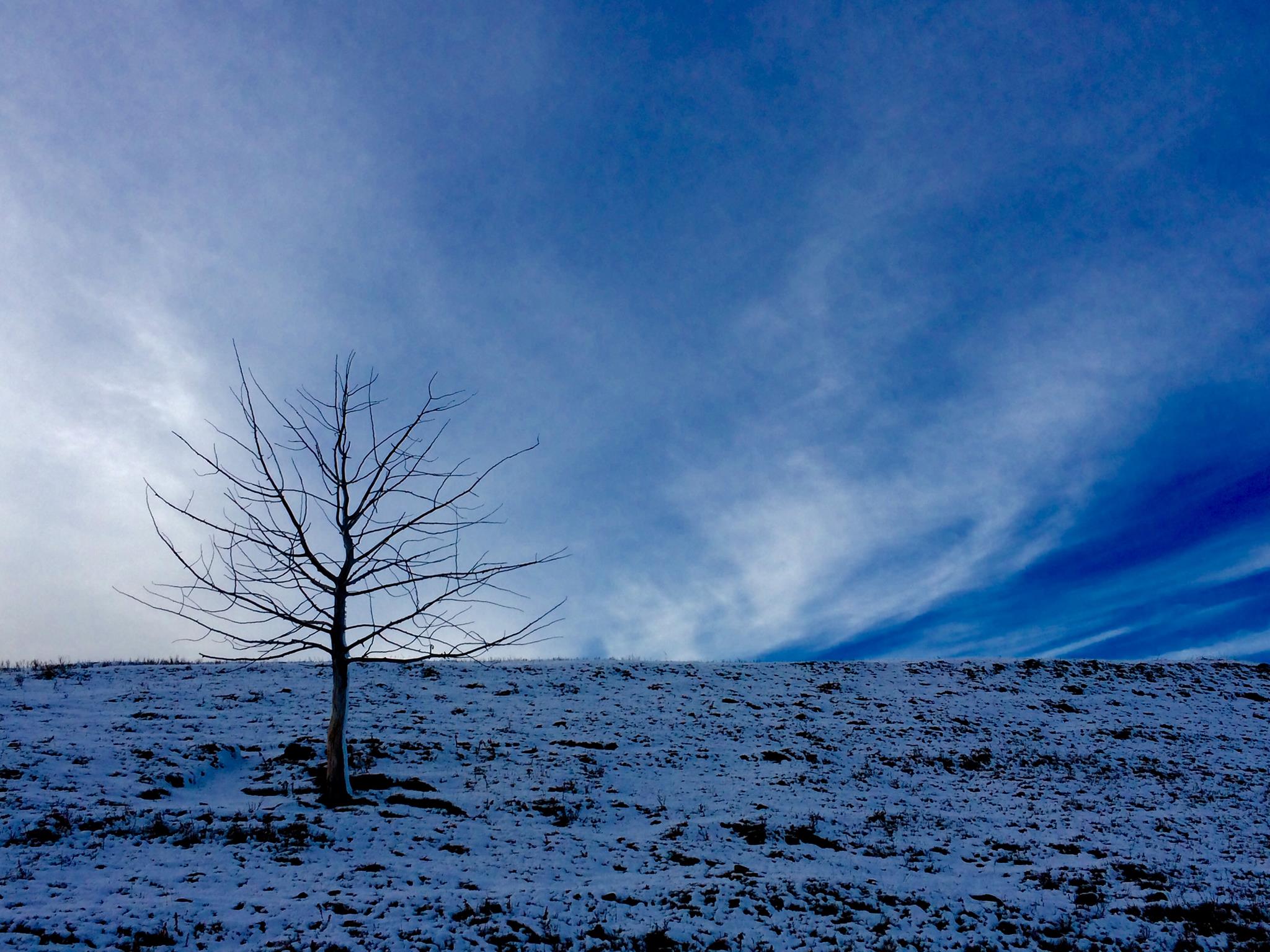New Brunswick insulation grants are available and winter approaches! Even though we have enjoyed unusually mild weather through much of the fall, the time to dig out warm coats and fire up the furnaces is upon us.
Which also means heating bills aren’t far off.
As heating costs are your largest home energy expense, make this the year to increase your insulation.
A well-insulated house is a bit like dressing for the weather.
A wool sweater will keep you warm if there’s no wind or rain. On a windy, rainy day, wearing a nylon shell over your wool sweater helps keep you both dry and warm.
A house is similar. On the outside, underneath the brick or siding, there is an air barrier that does the same as the nylon — it keeps the wind from blowing through.
Then there is the insulation (like your sweater), and then a vapour barrier that helps keep moisture away from the house structure where it can do damage.
Canada Mortgage & Housing Corp. offers a comprehensive fact sheet on insulating your house at http://www.cmhc-schl.gc.ca/en/co/grho/grho_010.cfm#cont
Here are a few excerpts:
- Signs of insulation problems in winter include cold walls and/or floors, high heating costs, uneven heating levels and mould on walls. In summer, the signs include uncomfortably heat inside, high cooling costs, ineffective air-conditioning system and mould in basement.
- R values and their metric equivalent, RSI values, are a way of labelling the effectiveness of insulating materials. The higher the R or RSI value, the more resistance to the movement of heat.
- There are numerous types of insulation — batt, loose, board stock and spray. Choosing the appropriate type to your need is important.
- Installation also plays a large role in effectiveness. Compressing insulation, leaving air spaces around the insulation and allowing air movement in the insulation all reduce the actual R value of the insulation.
- The attic is often the most cost-effective place to add insulation. Usually, a contractor blows loose fill into and over the top of ceiling joists.
The air barrier at the ceiling line must be tight to ensure warm moist air from the house does not get into the cold attic and condense in the winter. Check ceiling light fixtures, the tops of interior walls and penetrations such as plumbing stacks for air leakage.
Ensure that soffit venting is not blocked by added insulation. Baffles may have to be installed.
• Basement walls are unique because they must handle significant moisture flows from both inside and outside the house.
Exterior insulation is the preferred method from a building science perspective — insulate the wall on the outside with rigid insulation suitable for below-grade installations, such as extruded polystyrene or rigid fibreglass. This works well with damp-proofing and foundation drainage as rigid fibreglass or mineral wool acts as a drainage layer, keeping surface and ground water away from the foundation. Basement walls are kept at room temperature, protecting the structure, reducing the risk of interior condensation and increasing comfort.
Never apply interior insulation to a basement with moisture problems. Fix the moisture entry problems before insulating (see CMHC’s publication A Guide to Fixing Your Damp Basement).
Confused about what insulation will best help your home? Contact Advantage Insulators here today and let our skilled professionals help!
Source: Lbtimes





